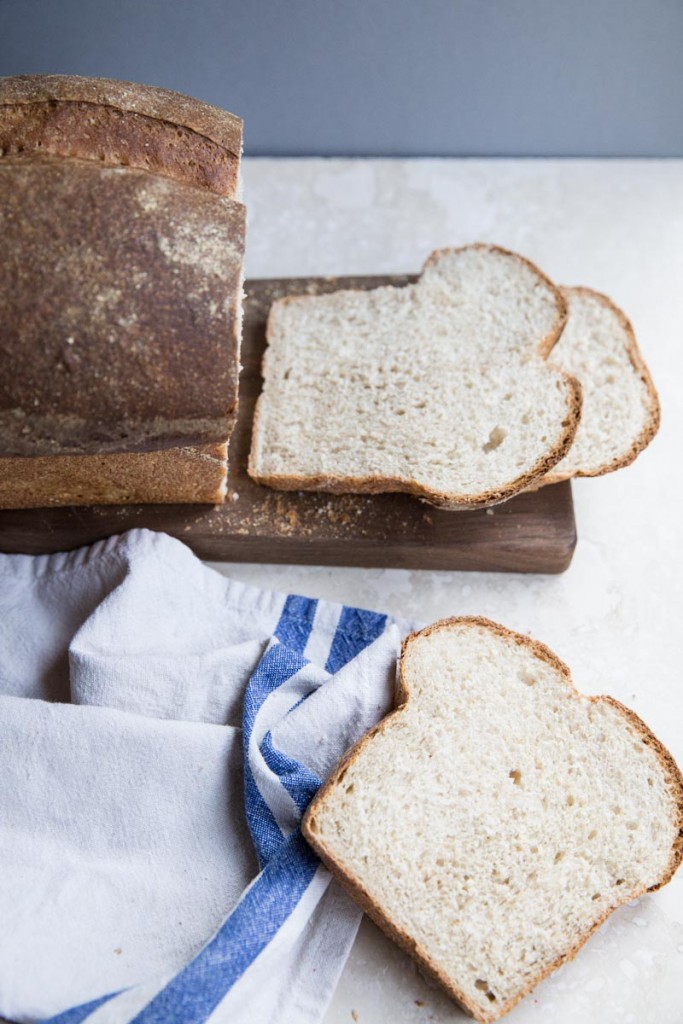

**Crafting Sourdough Bread: A Comprehensive Recipe Overview**
Sourdough bread is a scrumptious, tangy, and naturally leavened creation that has been savored for ages. In contrast to breads made with commercial yeast, sourdough uses a fermented blend of flour and water—known as a sourdough starter—to rise. Preparing sourdough bread from scratch might appear daunting initially, but with persistence and practice, anyone can become skilled at it. This guide takes you through the complete process, from creating your starter to baking your inaugural loaf.
—
### Required Items
**Ingredients:**
– 500g (approximately 4 cups) bread flour (or a combination of bread and whole wheat flour)
– 375g (approximately 1½ cups plus 1 tbsp) water
– 100g (approximately ½ cup) active sourdough starter
– 10g (around 2 tsp) salt
**Equipment:**
– Large mixing bowl
– Kitchen scale (strongly advised)
– Dutch oven or baking stone
– Banneton (proofing basket) or bowl lined with a towel
– Bench scraper or spatula
– Lame or sharp knife for scoring
– Clean towel or plastic wrap
—
### Step 1: Create or Acquire a Sourdough Starter
If you do not yet possess a sourdough starter, you will need to create one. A starter is a blend of flour and water that captures wild yeast and bacteria from its surroundings.
**To create a starter:**
1. Combine 60g (½ cup) of whole wheat flour with 60g (¼ cup) of water in a clean jar.
2. Loosely cover and allow it to rest at room temperature.
3. Each day for 5–7 days, discard half and feed it 60g flour and 60g water.
4. When the starter doubles in size within 4–6 hours of feeding and emits a pleasantly tangy aroma, it is ready for use.
—
### Step 2: Combine the Dough (Autolyse)
1. In a large bowl, combine 500g flour and 375g water until no dry ingredients remain.
2. Cover and allow to rest for 30–60 minutes. This resting phase helps to hydrate the flour and develop gluten.
—
### Step 3: Incorporate Starter and Salt
1. Add 100g of active sourdough starter to the dough.
2. Mix well by hand or using a dough hook until fully incorporated.
3. Stir in 10g salt and mix again until the dough comes together.
—
### Step 4: Bulk Fermentation and Stretch & Folds
1. Cover the dough and let it rest at room temperature for 4–6 hours.
2. Throughout this period, perform 3–4 sets of stretch and folds every 30 minutes:
– Moisten your hand, grab one side of the dough, stretch it upward, and fold it over.
– Rotate the bowl and repeat for all four sides.
This technique strengthens the dough and aids in building its structure.
—
### Step 5: Shape the Dough
1. After bulk fermentation, place the dough onto a lightly floured surface.
2. Pre-shape into a round and rest for 20–30 minutes.
3. Final shape the dough into a tight round or oval.
4. Position seam-side up in a floured banneton or bowl lined with a towel.
—
### Step 6: Cold Proof
1. Cover the dough and refrigerate for 8–24 hours.
2. This slow fermentation enhances flavor and makes the dough easier to manage.
—
### Step 7: Preheat and Bake
1. Preheat your oven to 475°F (245°C) with a Dutch oven inside.
2. When ready to bake, carefully remove the Dutch oven.
3. Turn the dough out onto parchment paper and score the top with a lame or sharp knife.
4. Transfer to the Dutch oven, cover, and bake for 20 minutes.
5. After removing the lid, bake for another 20–25 minutes until it achieves a deep golden brown hue.
—
### Step 8: Cool and Savor
Allow the bread to cool completely on a wire rack before slicing. This ensures the crumb sets properly and avoids gumminess.
—
### Success Tips
– **Utilize a kitchen scale:** Precision is critical in baking.
– **Exercise patience:** Sourdough necessitates time, but the results are rewarding.
– **Monitor the dough, not the clock:** Temperature and humidity influence fermentation durations.
– **Practice enhances skills:** Every bake provides new insights.
—
### Concluding Thoughts
Creating sourdough bread is a fulfilling endeavor that merges science, artistry, and tradition. With just flour, water, salt, and time, you can produce a stunning loaf with a crispy crust, chewy interior, and complex flavor. Whether you’re a novice or an experienced baker, sourdough